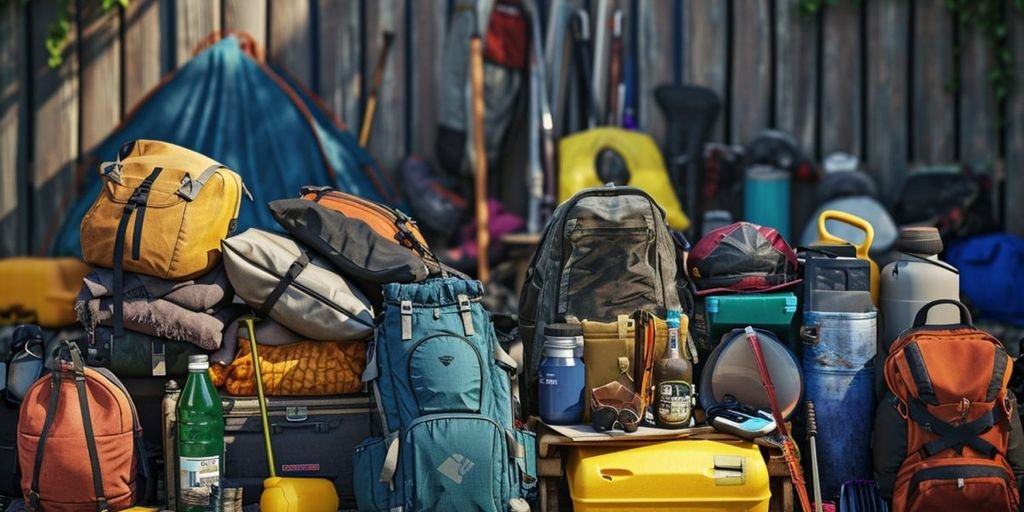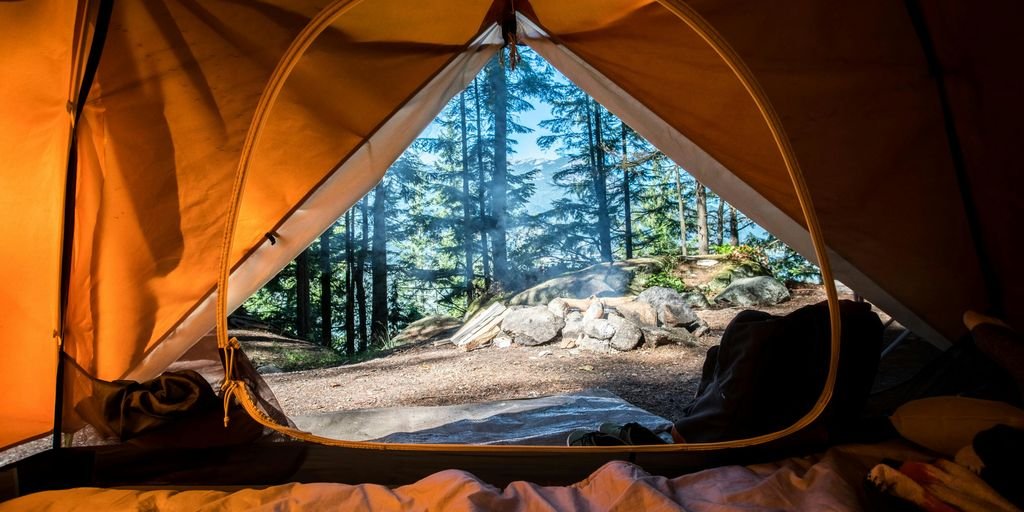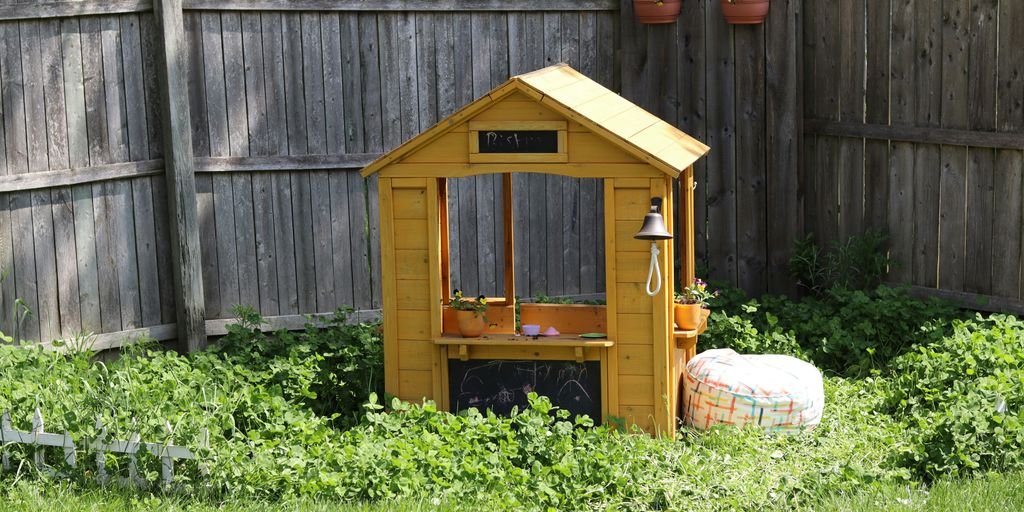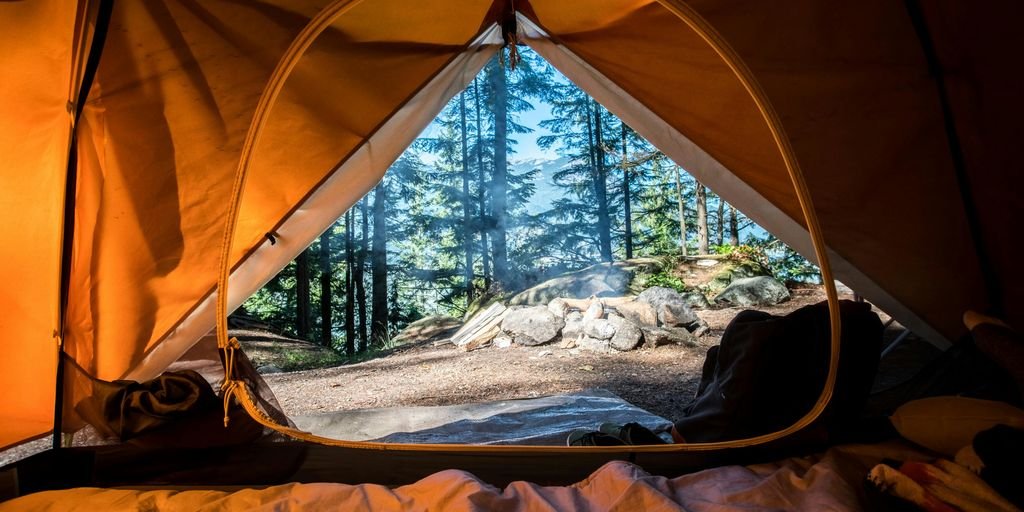Choosing the right camping gear can make or break your outdoor adventure. Whether you’re a first-time camper or a seasoned pro, having the right equipment ensures you stay comfortable, safe, and ready for anything. In this guide, we’ll walk you through the essentials, from tents to sleeping bags, cookware to hiking boots, so you can make informed decisions and enjoy your time in nature.
Key Takeaways
- Selecting the right tent involves understanding the different types and key features, as well as knowing how to set it up properly.
- Choosing the perfect sleeping bag depends on temperature ratings, materials, and the shape that best suits your needs.
- Essential camping cookware and utensils should be chosen based on materials, must-have items, and eco-friendly options.
- Picking the best hiking boots requires knowledge of the types available, ensuring a good fit, and considering the material and durability.
- Determining the right backpack involves looking at capacity, comfort, fit, and additional features.
Selecting the Right Tent
Types of Tents
Choosing the right tent is crucial for a successful camping trip. There are various types of tents to consider, each suited for different needs. Dome tents are popular for their easy setup and stability. Cabin tents offer more space and are great for family camping. Backpacking tents are lightweight and perfect for hikers. Lastly, pop-up tents are convenient for quick setups.
Key Features to Consider
When selecting a tent, consider the following key features:
- Capacity: Ensure the tent can comfortably accommodate the number of campers.
- Seasonality: Choose a tent suitable for the seasons you’ll be camping in.
- Weight: Lighter tents are ideal for backpacking, while heavier ones are better for car camping.
- Ventilation: Look for tents with good airflow to prevent condensation.
- Setup: Some tents are easier to set up than others, which can be a deciding factor.
Setting Up Your Tent
Setting up your tent properly is essential for a comfortable camping experience. Follow these steps:
- Choose a flat, clear spot: Ensure the ground is free of rocks and debris.
- Lay out the tent footprint: This protects the bottom of your tent from damage.
- Assemble the poles: Follow the instructions to connect the poles.
- Attach the tent to the poles: Secure the tent to the poles using clips or sleeves.
- Stake down the tent: Use stakes to anchor the tent to the ground.
- Add the rainfly: If your tent has a rainfly, attach it for extra weather protection.
A well-chosen and properly set up tent can make all the difference in your camping adventure. Take the time to select the right one and set it up correctly for a comfortable and enjoyable experience.
Choosing the Ideal Sleeping Bag
Selecting the right sleeping bag is crucial for a comfortable camping experience. It’s essential to find a sleeping bag that provides comfort and warmth in the specific conditions you’ll be camping in. Here are some key factors to consider when choosing the right sleeping bag for your camping trip:
Essential Camping Cookware and Utensils
When planning a camping trip, it’s crucial to pack the right cookware and utensils to prepare and enjoy your meals outdoors. Here’s a list of items you should consider bringing along:
Cookware Materials
Choosing the right materials for your camping cookware is essential. Lightweight and durable materials like titanium or aluminum are ideal. These materials provide excellent heat conductivity without adding unnecessary weight to your pack. Nesting cookware sets are a space-saving option that allows you to store smaller pots and pans inside larger ones.
Must-Have Utensils
A well-equipped camp kitchen should include:
- Cooking pots and pans
- Camp stove + fuel
- Matches or lighter
- Cooking utensils (spoon, tongs)
- Pot holders
- Portable coffee maker
- Knife
- Cutting board
- Roasting sticks
- Aluminum foil
- Plastic baggies
- Cups + mugs
- Plates + bowls
- Eating utensils
- Wash bins
- Biodegradable soap
- Sponge
- Paper towels
- Bottle opener + can opener
- Camp table
- Table cloth
- Camping chairs
- Cooler
- Lantern
- Water storage jugs
- Water bottle
- Trash bags
Eco-Friendly Options
When selecting your camping cookware and utensils, consider eco-friendly options to minimize your impact on the environment. Look for items made from sustainable materials and avoid single-use plastics. Reusable containers and biodegradable soap are great choices for an environmentally conscious camping trip.
By carefully selecting your camping cookware and utensils, you can ensure that you have the necessary tools to prepare and enjoy meals outdoors while minimizing your impact on the environment.
Picking the Best Hiking Boots
Choosing the right hiking boots is crucial for a comfortable and enjoyable outdoor adventure. Comfortable, durable, and supportive boots are essential whether you’re tackling backcountry trails or exploring city streets. Here’s how to pick the best pair for your needs.
Types of Hiking Boots
Hiking boots come in various types, each suited for different terrains and hiking styles. Lightweight boots are great for day hikes, while mid-weight boots offer more support for longer treks. Heavyweight boots are designed for rough terrains and heavy loads.
Fit and Comfort
A proper fit is vital to avoid blisters and discomfort. When trying on boots, wear the same socks you plan to use on your hikes. Walk around the store to ensure they fit well and provide the necessary support. Remember, boots that fit well will mold to your feet over time.
Material and Durability
The material of your hiking boots affects their durability and breathability. Leather boots are durable and offer excellent support, but they can be heavy. Synthetic materials are lighter and dry faster but may not last as long. Choose a material that suits your hiking conditions and personal preferences.
Keep in mind: While most customers praise the quality and comfort of these boots, opinions on sizing can vary. Some reviews note that the boots tend to run small.
By following these steps, you’ll ensure that your new hiking boots are comfortable, well-fitted, and ready for your next outdoor adventure.
Determining the Right Backpack

Choosing the right backpack is crucial for a successful camping trip. A good backpack should be comfortable, fit well, and have enough space for all your gear. Here are some key points to consider:
Capacity and Size
The size of your backpack depends on the length of your trip and how much gear you need to carry. For a weekend trip, a 30-50 liter backpack should be enough. For longer trips, you might need a 50-70 liter backpack. Make sure to choose a backpack that fits your needs without being too bulky.
Comfort and Fit
Comfort is key when choosing a backpack. Look for padded shoulder straps, a padded back panel, and a hip belt to help distribute the weight evenly. It’s also important to try on the backpack and adjust the straps to ensure a good fit. A well-fitted backpack can make a big difference in your comfort on the trail.
Additional Features
Some backpacks come with extra features that can be very useful. These might include:
- Multiple compartments for better organization
- A built-in rain cover to keep your gear dry
- External attachment points for carrying extra gear
Consider what features are important to you and choose a backpack that meets your needs.
A well-chosen backpack can make your camping trip much more enjoyable by keeping your gear organized and easy to carry.
Selecting Appropriate Clothing
Choosing the right clothing for camping is crucial for comfort and safety. Dressing in layers helps you adapt to changing weather conditions. Here’s a guide to help you pick the best clothing for your adventure.
Layering Systems
Layering is key to staying comfortable. Start with a moisture-wicking base layer to keep sweat away from your skin. Add an insulating mid-layer for warmth, and finish with a waterproof outer layer to protect against rain and wind.
Weather-Appropriate Fabrics
Different seasons require different fabrics. In summer, choose lightweight, breathable materials. For fall, layering is essential to adapt to changing temperatures. In winter, opt for insulated and waterproof clothing to stay warm and dry.
Footwear and Accessories
Your choice of footwear is important. Hiking boots or shoes should be sturdy and comfortable. Don’t forget accessories like gloves, hats, and dedicated sleeping clothes for night hiking or camping. These items can make a big difference in your overall comfort.
Choosing the Right Lighting and Navigation Tools
Types of Lighting
When camping, having the right lighting is crucial. You need to see clearly at night whether you’re cooking, reading, or finding your way to the bathroom. Common options include headlamps, lanterns, and flashlights. Headlamps are great for hands-free use, while lanterns can light up a larger area. Flashlights are handy for quick tasks.
Navigation Essentials
For weekend camping, a map or your phone’s GPS might be enough. But if you’re heading into the backcountry, a dedicated GPS device is essential. Make sure to familiarize yourself with how to use it before your trip. A compass and a physical map are also good backups.
Power Sources and Battery Life
Don’t forget to pack extra batteries or a portable charger. Some modern lighting options are rechargeable, which can be more convenient. Always check the battery life of your devices to ensure they last throughout your trip.
Proper lighting and navigation tools can make or break your camping experience. Plan ahead to avoid any mishaps in the wilderness.
Conclusion
Choosing the right camping gear is essential for a fun and safe outdoor adventure. By considering factors like the location, weather, and activities you’ll be doing, you can make sure you have everything you need. Remember to prioritize quality and comfort, as these can make a big difference in your overall experience. With the right gear, you’ll be ready to enjoy nature and create lasting memories on your next camping trip.
Frequently Asked Questions
How do I choose the right tent for my camping adventure?
To choose the right tent, think about how many people will be using it and the kind of weather you’ll face. Look for features like easy setup, good ventilation, and waterproof materials.
What should I consider when selecting a sleeping bag?
When picking a sleeping bag, check the temperature rating to make sure it suits the weather. Also, consider the materials and insulation to keep you warm and comfortable.
What are the essential cookware and utensils for camping?
Essential camping cookware includes pots, pans, and a portable stove. Don’t forget utensils like spoons, forks, and knives. Look for durable and lightweight options.
How can I find the best hiking boots?
To find the best hiking boots, focus on fit and comfort. Try them on with the socks you’ll wear while hiking. Check for durability and the right type of boots for your hiking terrain.
What should I look for in a camping backpack?
When choosing a camping backpack, consider its capacity and size to fit all your gear. Make sure it’s comfortable to carry, with padded straps and good back support. Look for extra features like pockets and hydration systems.
What kind of clothing is best for camping?
For camping, use a layering system to adjust to changing weather. Pick fabrics that are good for the weather, like moisture-wicking materials for warm climates. Don’t forget sturdy footwear and accessories like hats and gloves.



